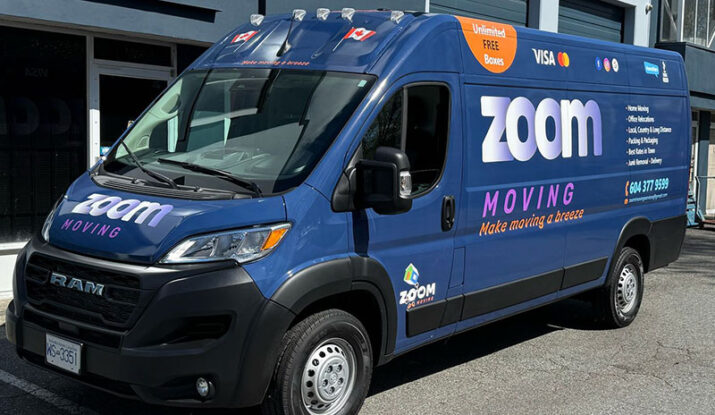Calendered vinyl presents a budget-friendly alternative, but its performance differs notably from cast vinyl. While calendered film can work well on flat surfaces—like hoods and roofs—its durability on heavily curved or three-dimensional areas may wane. Expected longevity hovers around 3-5 years, and installers must account for its tendency to expand and contract with temperature changes, which can create wrinkles or lifting if not applied with care.
Specialty options, including metallic and textured films, leverage a polyvinyl chloride (PVC) base but demand attentive selection. Films embedding metallic flakes or glitter can offer dazzling visual depth, while textured surfaces, such as carbon fiber or brushed metal, provide tactile interest. However, these varieties may necessitate post-heat application to ensure complete conformity over contours, and their longevity may sit between the two primary categories, with careful installation crucial for maintaining visual integrity.
Evaluating Long-Term Durability
Durability is not merely a concern for longevity; it also influences how the wrap interacts with environmental stressors. Films must resist UV radiation, chemical exposure, and physical abrasion to preserve both color fidelity and substrate protection. Higher-quality cast films generally incorporate protective layers and advanced adhesive chemistry, leading to enhanced resistance to fading and bubbling.
Warranty coverage can further inform durability expectations; reputable manufacturers provide timelines ranging from 3 to 10 years, typically indicating the conditions—such as installation method, geographic climate, and maintenance protocols—necessary to honor the warranty. Professionals should refer to specific manufacturers’ guidelines to ensure the selected wrap harmonizes with the anticipated vehicle application.
Considering Aesthetic and Practical Design
Finally, the intended visual outcome should harmonize with practical installation realities. While bold color shifts can create dramatic visual impacts, installers must account for color matching during edge transitions, especially on areas with compound curvature. Metallic, pearlescent, and color-shifting films require careful lighting assessment, as their visual appearance can vary between direct and indirect angles.
Textured films may offer visual uniqueness but can complicate maintenance, as dirt and fluid may become trapped in surface recesses. Routine upkeep with pH-neutral detergents and soft cloths is advisable, and periodic test areas can determine how well specific films resist chemical stains from common road grime.
By balancing material choice, durability assessment, and aesthetic intent, vehicle owners can confidently select a vinyl wrap that delivers both a striking appearance and long-lasting protection.
Calendered vinyl represents the most economical wrap option. While its stiffness limits adherence to tight contours and its surface may scuff more readily, it excels on flat panels and in partial-cover applications. Anticipate a service life of three to five years with regular maintenance, depending on exposure conditions.
Essentials to Weigh
Regional Climate
The prevailing climate in your area must influence material choice. Prolonged sun exposure dictates the need for vinyl embedded with ultraviolet stabilizers to guard against fading and surface cracking. Frigid seasons warrant films possessing enhanced low-temperature flexibility, whereas coastal locales require substrates specifically formulated for resistance to corrosive salt spray.
Usage Profile
The mileage and operating conditions of the vehicle drive the selection. Fleet or commuter cars that undergo regular wash cycles and road debris exposure necessitate thicker, tougher films, while exhibition vehicles may leverage thinner, specialty finishes that sacrifice some longevity for striking aesthetics.
Application Method
Installation method remains a decisive factor. Commercial installers can manipulate advanced, premium stocks that require intricate heat and tension control, whereas home users are best served by user-friendly, forgiving vinyl that can be applied with minimal tooling. Opting for a DIY project dictates a preference for materials marketed for ease of handling, steering clear of ultra-conformable types that demand professional-level heat and pressure equipment.
Current Popular Vinyl Wrap Finishes
Gloss finishes replicate the look of conventional paint and offer impressive resistance to scratches and environmental damage. Their smooth surfaces are straightforward to clean and are well-suited for vehicles that see regular use.
Matte and satin options project an understated, contemporary elegance. Their distinct tactile surfaces need specific cleaning methods to avoid dulling and to preserve the intended sheen.
Chrome and metallic films deliver striking, reflective surfaces but tend to age more quickly and demand extra upkeep. If considering these finishes, verify community ordinances, as several jurisdictions limit the use of strongly reflective surfaces on moving vehicles.
Textured materials, such as carbon fiber and brushed metal, inject dimension and can obscure minor blemishes on the underlying body panel.
Evaluating Your Wrap Budget
The price of a vinyl wrap can fluctuate widely, determined by material grade, the size of the vehicle, and the intricacy of the design. Basic, calendared vinyl typically ranges from $500 to $800 for an entire vehicle, whereas high-grade, cast vinyl can run from $2,000 to $5,000, including professional installation.
Do not overlook supplementary expenses, such as custom graphic design, thorough surface preparation, and the eventual expense of removing the wrap.
While initial pricing may encourage a choice of budget materials, lower-grade films usually demand replacement within a few years. For many owners, the enhanced lifespan and durability of high-quality cast vinyl justify the higher upfront expenditure.
Making Your Final Decision
Begin by clarifying your top priorities. Is your focus on long-lasting protection, striking visual impact, or cost-effectiveness? Reflect on your intended ownership duration and whether you’ll hire an installer or attempt the application yourself.
Investigate reputable vinyl producers such as 3M, Avery Dennison, and Oracal, each recognized for durability and performance. Seek out user testimonials from car owners with comparable models and driving conditions.
Transform Your Ride with Confidence
Selecting the optimal vinyl wrap requires an equilibrium among cost, visual appeal, and functional requirements. By distinguishing between material formulations, factoring environmental exposure, and establishing pragmatic durability expectations, you’ll identify a wrap that elevates your vehicle’s presence over the long term. Dedicate yourself to comprehensive investigation, seek professional insight when warranted, and allow sufficient deliberation. A well-chosen vinyl wrap will rejuvenate your car’s exterior, safeguard its resale value, and convey your individual style on every journey.

